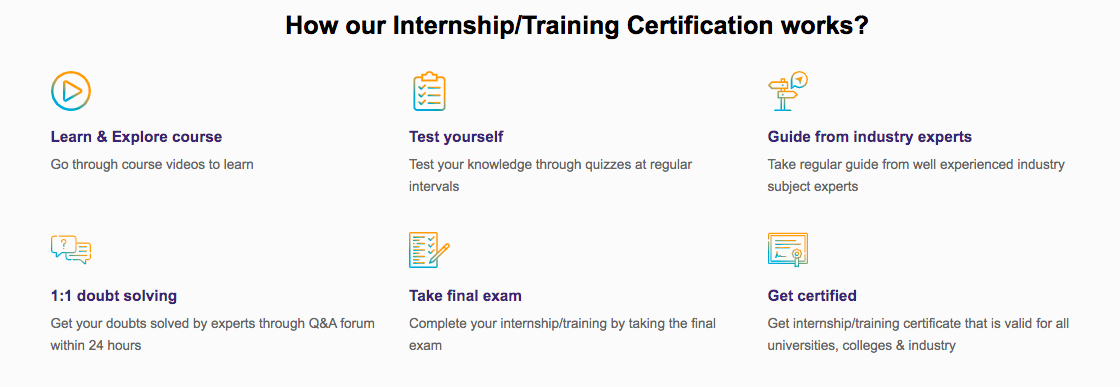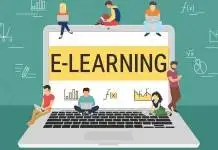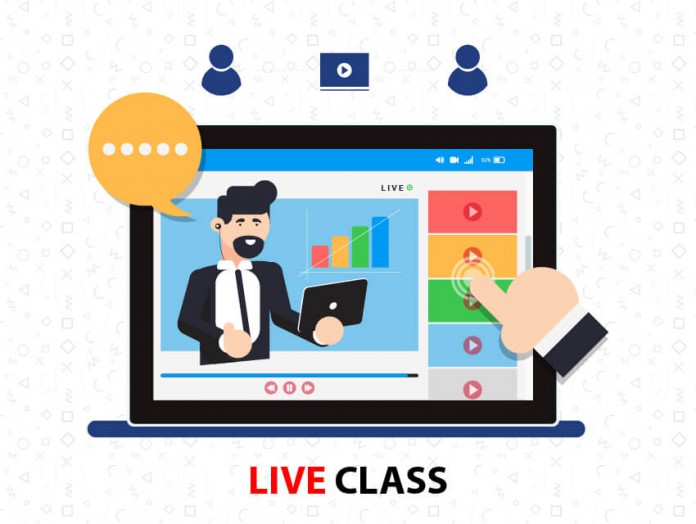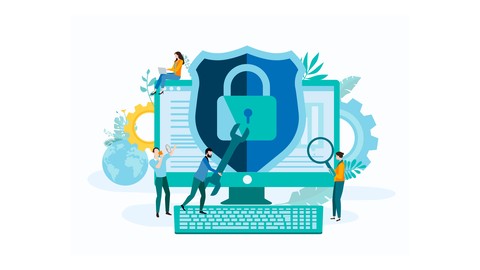Human health and safety are the primary concern for every country in the world due to outbreak of COVID-19 pandemic. Global Pandemic It is an invisible assassin which is spreading very fast through human contact. Social distancing and stay home mantra seems to be the only solution, for now. All educational institutions, be it schools or universities were the first to face closure due to this outbreak. Reopening already closed institutes right now, carries the risk of promoting contact within the population and aiding disease spread. Drive

Important Announcement – EasyShiksha has now started Online Internship Program “Ab India Sikhega Ghar Se”

As of 28 March 2020, COVID-19 has disrupted education for more than 1.7 billion students worldwide. Over 100 countries have implemented partial or complete nationwide closure. Global Pandemic This has impacted not only the learning process but socioeconomic aspects including students’ debt have also been affected badly.
Over 1 crore students appeared in their board exams in India this year; their progression on the path of higher education is interrupted. Global Pandemic Those pursuing higher education within the country or planning for studies abroad have their plans spoiled by this pandemic. COVID-19 has thus caused devastating ripple effects on education.
Under this global health emergency it is a great challenge for the educational institutions to maintain educational contact with its students and teachers. The institutions are facing hard to decide the online teaching–learning options and virtual learning platforms or other educational practices that can help institutions to connect with the students without any potential health risk. At this time of a global emergency, we should realize our similarities with the other people around the globe, rather than the divides which may exist. The similarity of language of instruction is one of the best gifts we have which can help at this moment to share our knowledge with each other in this time of difficulty. Taking advantage of this similarity, different institutions across the globe should come forward to help students and teachers by offering modern virtual learning environments.
All this comes at a time of uncertainty, especially in the Indian Subcontinent. The healthcare system is facing its biggest test and really no one knows how long lockdowns, travel restrictions and school or college shutdowns will last. Global Pandemic It is important to realise that these types of health crises often breed uncertainty and fear, and educational institutions are expected not to contribute to this hysteria. Instead, the educational institutions must invest in using this crisis as an opportunity to learn more about new digital tools and how to best use them.
Top Software Engineering Courses
If closing of campuses and isolation measures are continuedfurther, remote teaching-learning has to be adopted as a strategy by the universities and schools to facilitate the progress of education system. Many institutions have evolved quickly to digital tools and platforms to ensure uninterrupted educational delivery for their isolated students. But, the institutions like medical, agricultural or other which primarily use the traditional system of class room teaching and practical training are struggling hard to move online or rapidly scale up their teaching-learning platforms. According to HT digital and IMRB, ninety-three per cent of students access the internet every day and 73% of them use it through their mobile phones. This covers one aspect of a possible new wave of online teaching and learning resources which is availability of users and a way to reach them.
The demand for the virtual classrooms is increasing exponentially According to iTech.world it has had a 4000% increase in usages over the past two weeks. There are a number of other digital companies which are offering remote teaching tools and platforms free of cost. Edx, Khan Academy and Coursera etc. who offer courses in collaboration with prime world institutes are the biggest players in private internet based education. Some governments have taken a lead too.
The Ministry of Education and Research, Republic of Estonia a digital-embracing nation has announced “…humble to share all of its digital education tools to support other countries’ education system during the COVID-19 crisis.” However, adoption of these courses as a benchmark in the jobs market and in the government sector in India is poor. This must change at least for the learning oriented aspects of courses. Experiential learning or in person internships can obviously not be covered at a distance, but the flow of education and learning must not stop.
It is the right time when government organisations must develop content, courses and curricula compatible to the digital learning platform and to explore the ways and means for dissemination of all that is to be taught and learnt through the educational institutions. Open Learning Institutes and their courses stand to benefit the most. Public Private Partnerships with experienced digital teaching entities would be a good way to start and bring talent and expertize of these private players to government organisations for this new kind of Distance Education. There must not be a lockdown on learning, or a curfew on education.
Empower your team. Lead the industry
Get a subscription to a library of online courses and digital learning tools for your organization with EasyShiksha
Request NowALSO READ: modern-public-school-staff-extends-rs-4-lakh-for-pm-cares-fund
Get Course: complete-social-media-marketing-course






































































